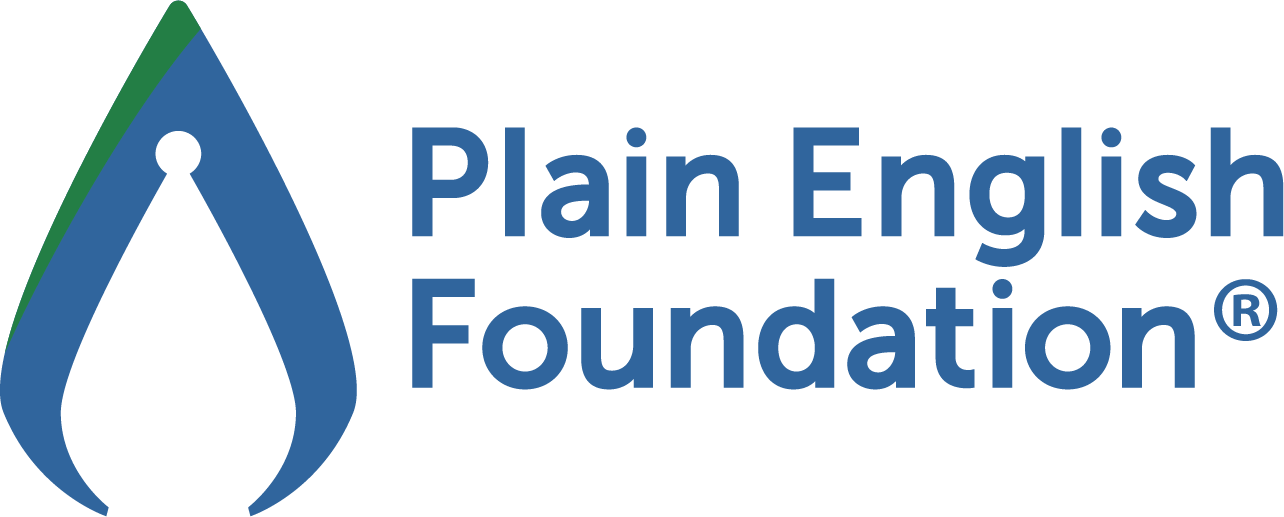Australia’s commitment to sustainable building has been well-documented, with the nation leading the world in green building certification standards. The initiatives undertaken by the Australian government and the private sector to reduce environmental impacts, increase efficiency and improve occupant comfort have been nothing short of revolutionary.
From a construction perspective, green building certification has become an important part of any project, ensuring that builders and tradespeople are following sustainability guidelines. But what exactly is green building certification, and what are the latest advancements in this field? Read on to find out more.
What is Green Building Certification?
Green building certification is an environmental assessment process used to evaluate the sustainable construction of any project or building. It assesses a variety of factors including the use of renewable energy sources, water conservation, indoor air quality, waste management, and the overall design of the building. The main purpose of green building certification is to ensure that the construction process meets the highest possible standards of sustainability.
The Latest Advancements in Green Building Certification
- The Green Star Rating System: This system, developed by Green Building Council Australia (GBCA), is a voluntary rating system that provides guidance on how to design, construct and operate buildings in a more sustainable way. It measures the environmental performance of buildings and projects across a range of categories, from energy efficiency to water conservation.
- The Water Efficiency Labelling and Standards Scheme (WELS): This initiative, established by the Department of the Environment and Energy, encourages water efficiency through the labelling of products, such as taps, showers, and toilets. WELS also provides access to information about water efficiency ratings for various products, allowing builders and tradespeople to make informed decisions when selecting materials for their projects.
- The Building Code of Australia (BCA): The BCA sets out the minimum requirements for energy efficiency and other aspects of building design, construction and operation. It is regularly updated to reflect the latest advancements in green building technology, and should be consulted by builders and tradespeople when planning their projects.
- Greenhouse Gas Emissions Standards: These standards, set by the Greenhouse and Energy Minimum Standards (GEMS) Act, require buildings to meet certain energy efficiency levels in order to minimise their carbon footprint. Builders and tradespeople can use GEMS to assess their projects and ensure that they comply with the latest regulations.
- The Green Building Council of Australia (GBCA): This organisation is the peak body for green building in Australia, and works to promote the sustainability of buildings through certification programs, research, education and advocacy. GBCA also offers a range of services to help builders and tradespeople achieve their green building goals.
Conclusion
Green building certification has come a long way in recent years, with the Australian government and private sector both taking steps to reduce environmental impacts and increase efficiency. From the Green Star rating system to the Building Code of Australia, there are now many different tools available to help builders and tradespeople meet the highest standards of sustainability.
By following these guidelines, builders and tradespeople can ensure that their projects are compliant with the latest green building regulations, while also helping to protect the environment.












